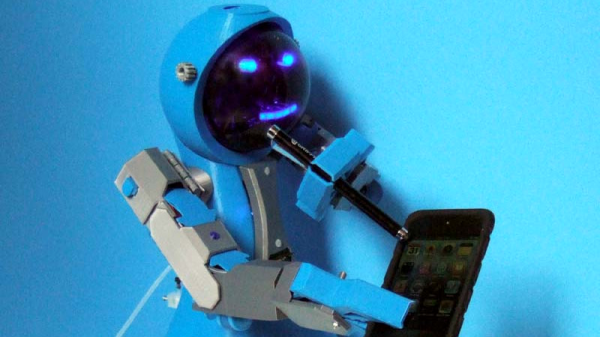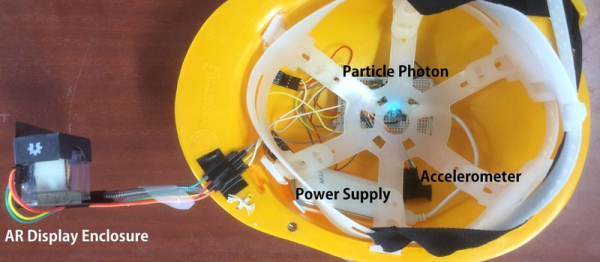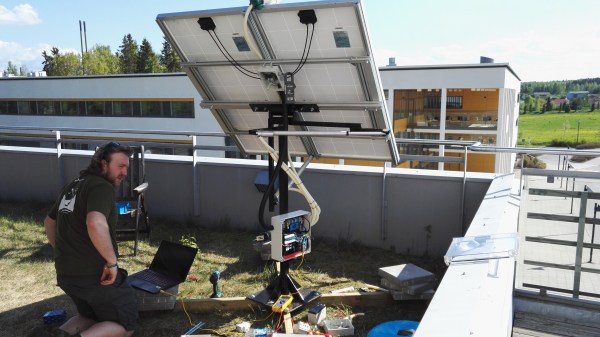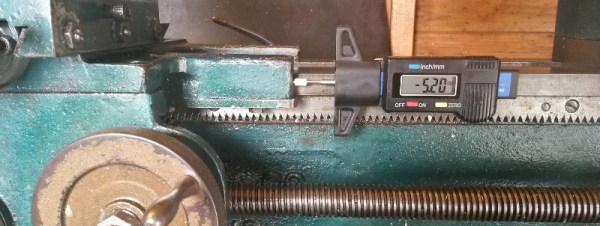Right now HOPE is dying down, and most of the Hackaday crew will be filtering out of NYC. It was a great weekend. The first weekend in August will be even better. We’re going to DEF CON, we’ll have people at VCF West, and a contingent at EMF Camp. If you’re going to EMF Camp, drop a line here. There will be Hackaday peeps wandering around a field in England, so if you see someone flying the Hackaday or Tindie flag, stop and say hi.
Raspberry Pi’s stuffed into things? Not all of them are terrible. The Apple Extended keyboard is possibly the best keyboard Apple ever produced. It’s mechanical (Alps), the layout is almost completely modern, and they’re actually cheap for something that compares well to a Model M. There’s also enough space inside the plastic to fit a Pi and still have enough room left over for holes for the Ethernet and USB ports. [ezrahilyer] plopped a Pi in this old keyboard, and the results look great. Thanks [Burkistana] for sending this one in.
We’ve been chronicling [Arsenijs] Raspberry Pi project for months now, but this is big news. The Raspberry Pi project has cracked 10k views on Hackaday.io, and is well on track to be the most popular project of all time, on any platform. Congrats, [Arsenijs]; it couldn’t happen to a better project.
A few months ago, [Sébastien] released SLAcer.js, a slicer for resin printers that works in the browser. You can’t test a slicer without a printer, so for the last few months, [Sébastien] has been building his own resin printer. He’s looking for beta testers. If you have experience with resin printers, this could be a very cool (and very cheap) build.
Anyone going to DEF CON? For reasons unknown to me, I’m arriving in Vegas at nine in the morning on Wednesday. This means I have a day to kill in Vegas. I was thinking about a Hackaday meetup at the grave of James T. Kirk on Veridian III. It’s about an hour north of Vegas in the Valley of Fire State Park. Yes, driving out to the middle of the desert in August is a great idea. If anyone likes this idea, leave a note in the comments and I’ll organize something.





















